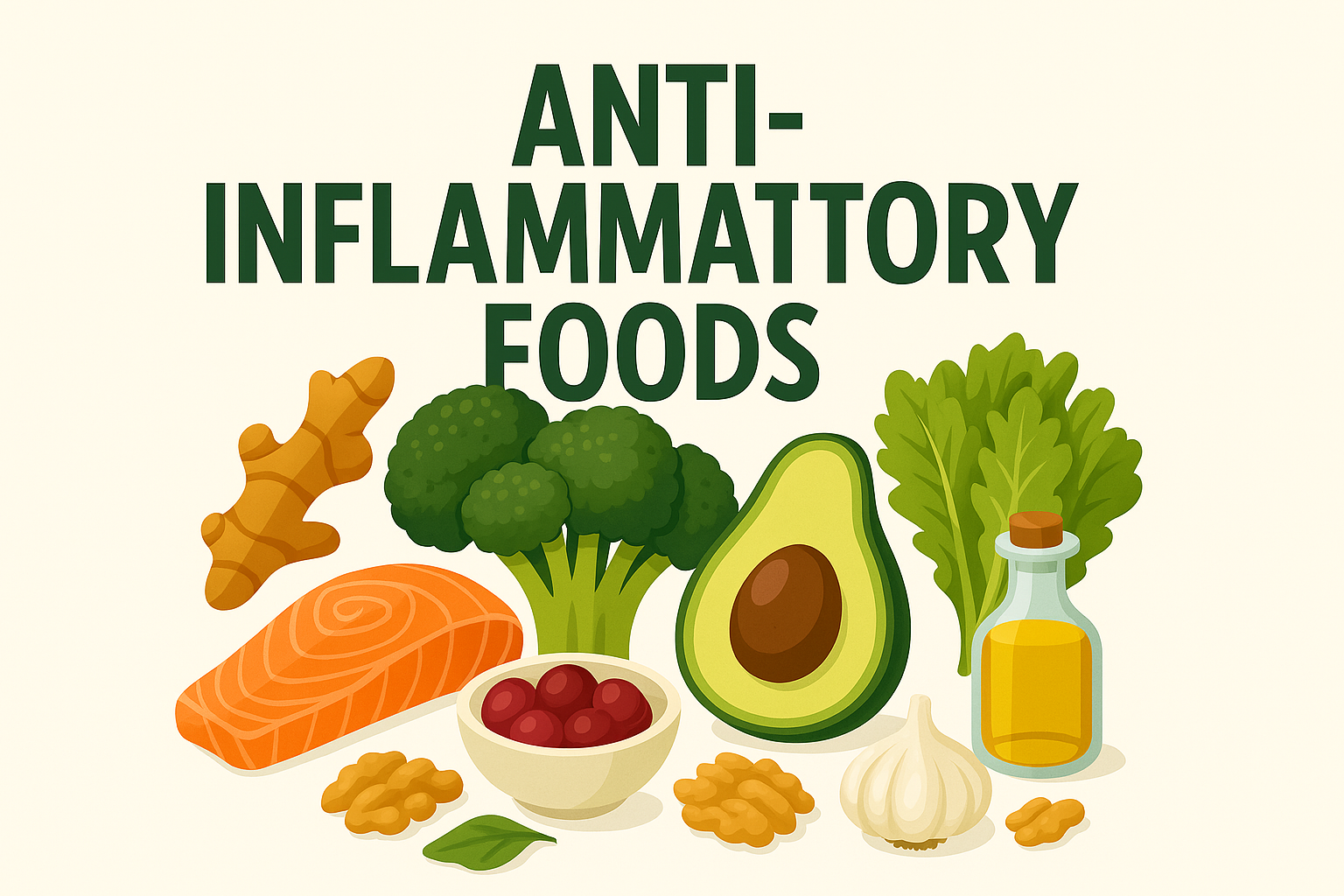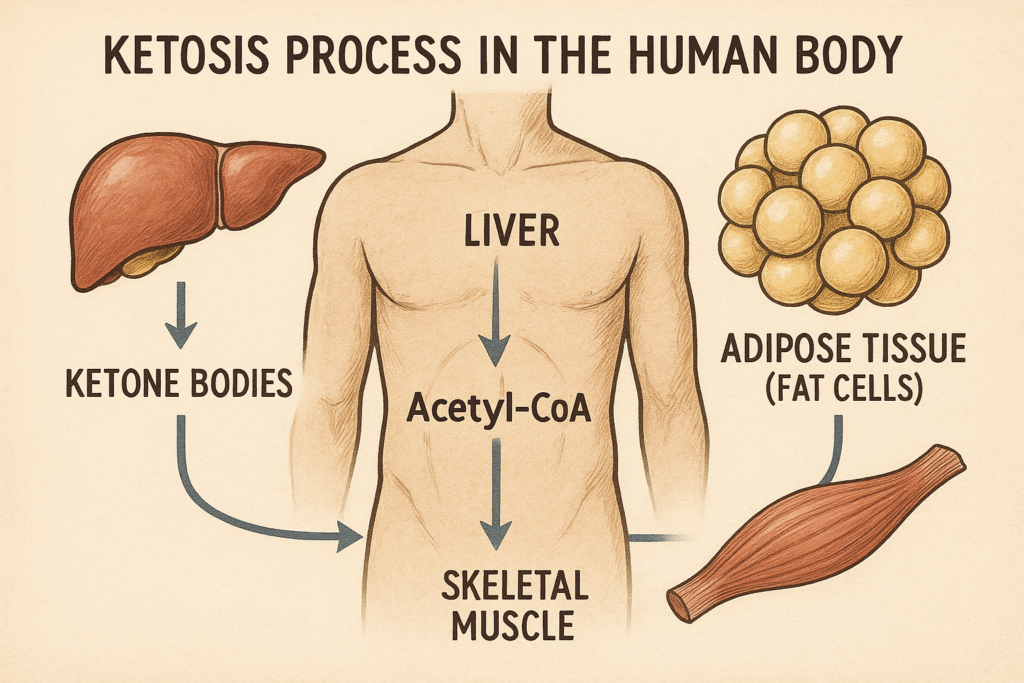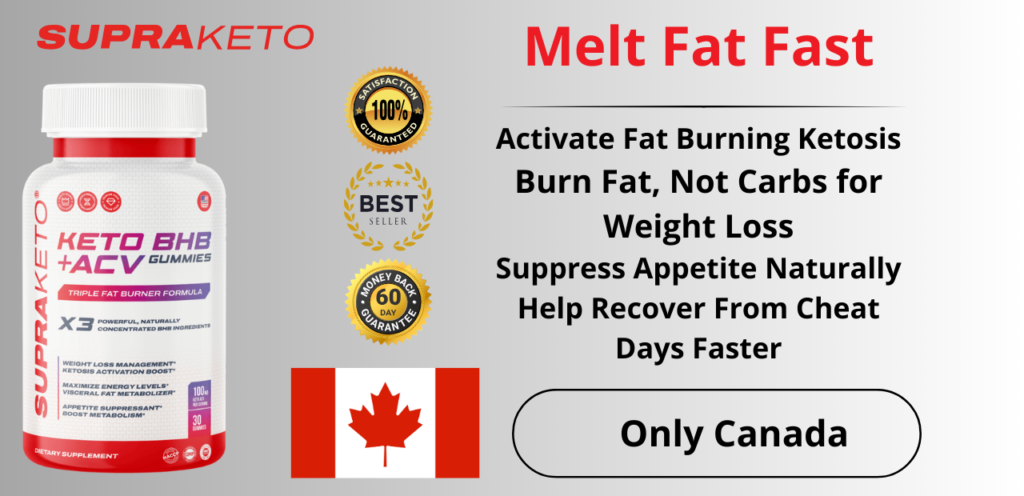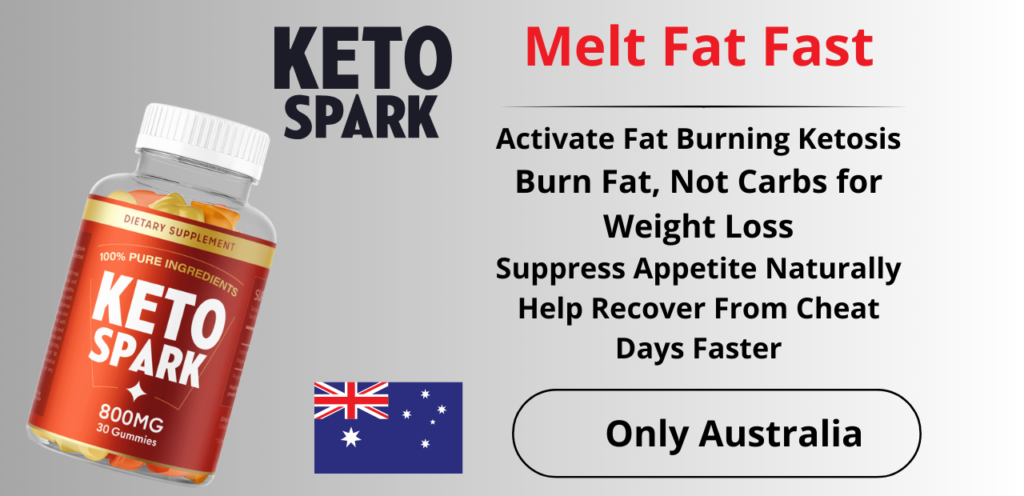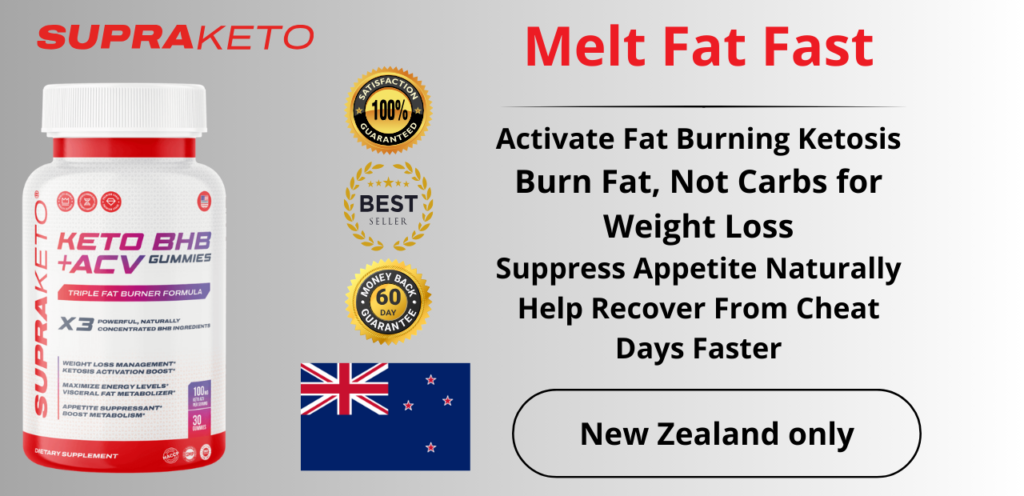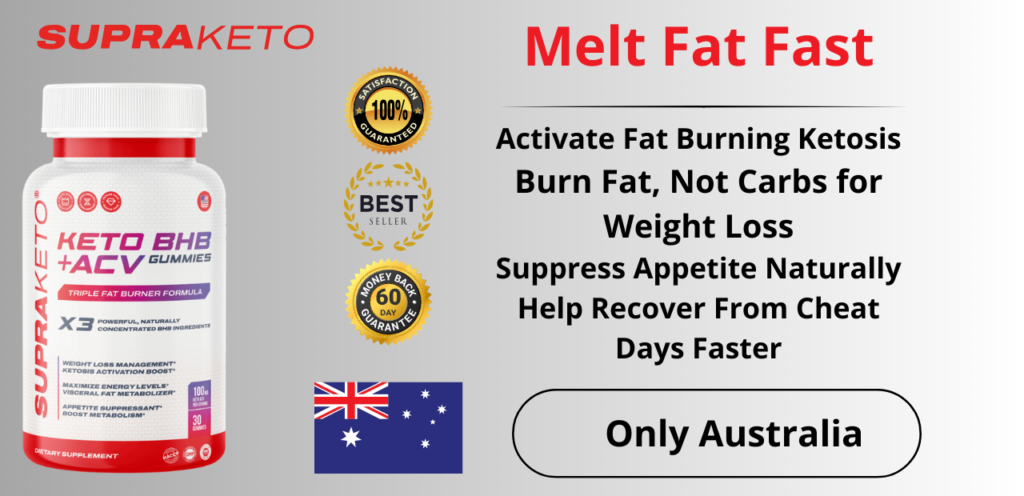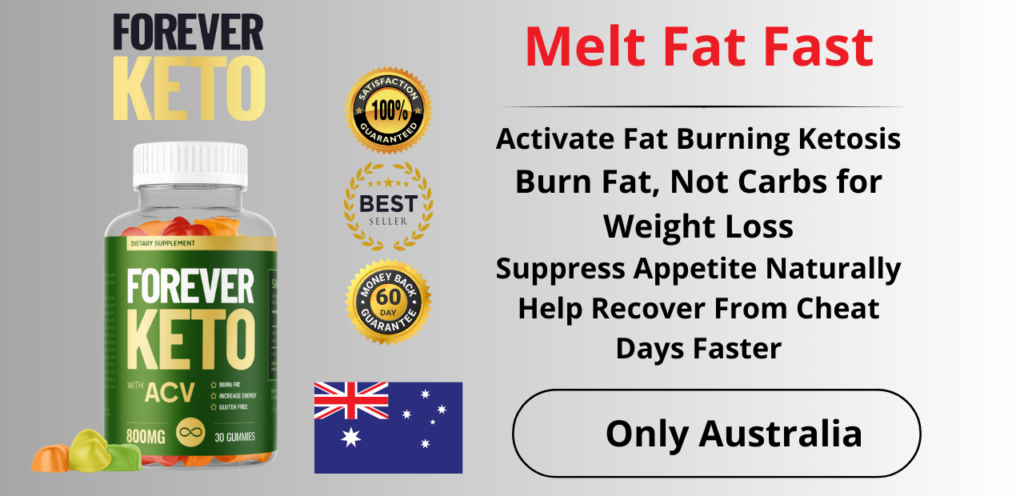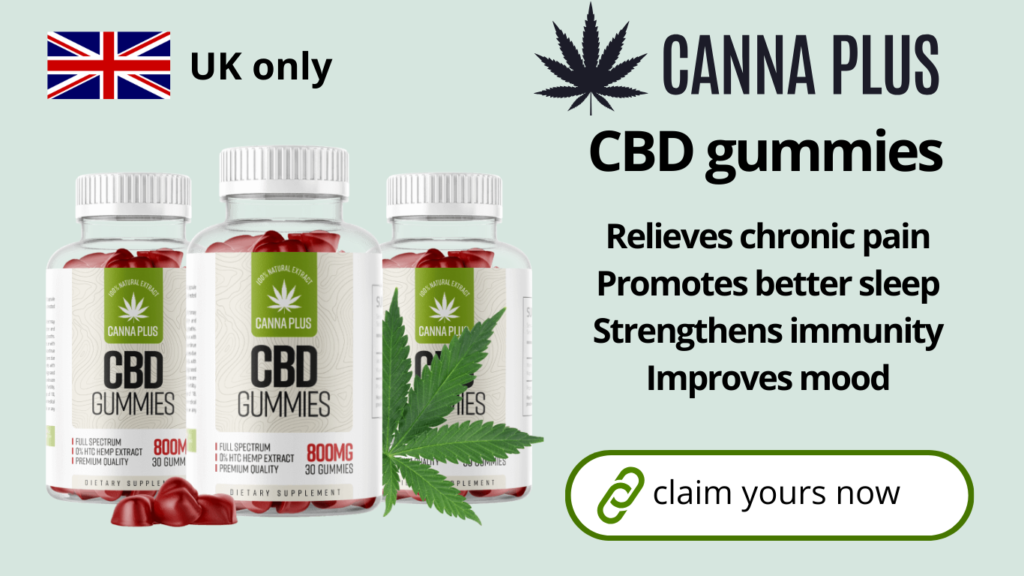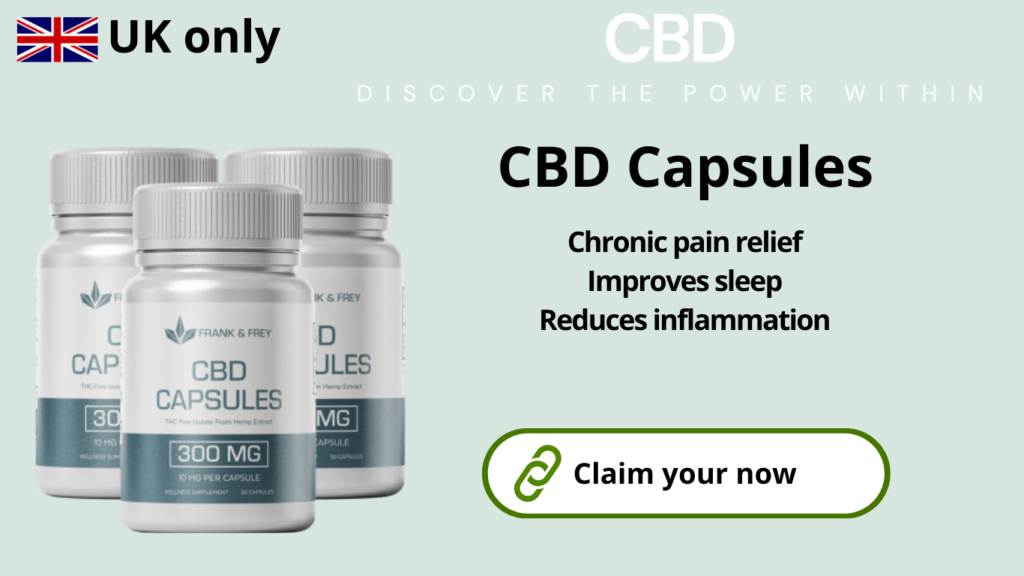Seu carrinho está vazio no momento!
Categoria: Anti-inflammatories

Discover the Top 10 Anti-inflammatory Foods!
What is Inflammation?
Inflammation is the body’s natural immune response to injuries, infections, or irritations.
It’s a crucial defense mechanism that helps the body protect itself against invading agents, such as bacteria and viruses, while also promoting the repair of damaged tissues.
Inflammation is generally classified into two types: acute and chronic.
Acute inflammation is an immediate response to wounds or infections.
During this phase, the immune system activates specific cells and increases blood flow to the affected area, leading to symptoms like redness, swelling, and pain.
On the other hand, chronic inflammation is more concerning.
It occurs over a prolonged period and may last for months or even years.
Chronic inflammation is often linked to serious conditions such as heart disease, type 2 diabetes, and arthritis.
In these cases, the body keeps sending immune cells to the affected area even in the absence of actual threats, causing tissue damage and widespread health issues.
Diet plays a significant role in regulating inflammation.
Foods high in processed sugars and saturated fats can worsen inflammation, while anti-inflammatory foods like fruits, vegetables, and omega-3 fatty acids can help fight it.
High stress levels and a sedentary lifestyle are also known to aggravate inflammation.
Awareness of these factors is essential to managing inflammation and promoting better health.

“Let your food be your medicine and your medicine be your food” is a phrase from Hippocrates, the father of medicine. More than 2,000 years later, it’s still the purest truth.”
Top 10 Anti-inflammatory Foods
While inflammation is the body’s natural reaction to injury and infection, chronic inflammation can lead to several diseases.
That’s why it’s important to focus on foods with anti-inflammatory properties.
Here are ten of the most effective foods known to reduce inflammation and support overall health:
Turmeric – Contains curcumin, a powerful anti-inflammatory compound proven to block the production of inflammatory molecules.
Ginger – Packed with gingerol, which has both anti-inflammatory and antioxidant properties. Studies show it reduces inflammation markers.
Berries – Strawberries, raspberries, and blueberries are high in anthocyanins, antioxidants that combat oxidative stress and inflammation.
Fatty Fish – Salmon, sardines, and herring are rich in omega- fatty acids, which have potent anti-inflammatory effects.
Extra-Virgin Olive Oil – Loaded with antioxidants and healthy fats, this oil has proven anti-inflammatory benefits for cardiovascular health.
- Nuts – Especially walnuts, which contain healthy fats and antioxidants that have been linked to reduced inflammation.
Broccoli – A cruciferous vegetable with sulforaphane, an antioxidant that helps lower inflammation.
Green Tea – Rich in polyphenols, especially EGCG, which has been shown to exert strong anti-inflammatory effects.
Garlic – Contains sulfur compounds that help regulate immune function and reduce inflammation.
Spinach – A dark leafy green full of vitamins and antioxidants that contribute to reducing chronic inflammation.
Incorporating these foods into a balanced diet can significantly reduce inflammation and support a healthier lifestyle.

“Fruits low in sugar and good fats are allowed, such as berries, coconut, and avocado.”
How Anti-inflammatory Foods Work in the Body
Inflammation is a natural bodily reaction to harmful stimuli, but when it becomes chronic, it can contribute to disease development. Anti-inflammatory foods play a critical role in modulating this response through bioactive compounds that combat chronic inflammation.
Antioxidants, found in fruits and vegetables, neutralize free radicals, which are known to worsen inflammation.
- Vitamin C-rich foods like oranges and strawberries and vitamin E sources like nuts and seeds can reduce inflammatory markers and support cell recovery.
Polyphenols, present in green tea, berries, and cocoa, help regulate inflammatory gene expression and reduce the production of cytokines, fostering an anti-inflammatory state. Experts suggest that including polyphenols in the diet may prevent diseases linked to chronic inflammation.
Essential fatty acids, particularly omega-3s from fish and flaxseed, are well-known for reducing inflammation and supporting heart health. Their ability to block inflammatory substances makes them a core component of an anti-inflammatory diet.
In short, adopting a diet rich in anti-inflammatory foods is a powerful strategy to improve overall health and minimize the risks associated with chronic inflammation.
Consumption Tips and Practical Advice
Integrating anti-inflammatory foods into your daily routine is an effective way to combat chronic inflammation and improve your health. Here are some easy and practical suggestions:
Combine multiple anti-inflammatory ingredients into flavorful meals. For instance, a dish with quinoa, broccoli, and avocado offers a solid base of anti-inflammatory nutrients. Enhance flavors with turmeric and ginger for an extra boost
Try nutritious smoothies by blending berries (like strawberries and raspberries) with spinach. This not only increases your intake of anti-inflammatory foods but also provides a fresh, energizing start to the day. Add chia or flax seeds for omega-3 support
Consistency matters. Aim to include at least one serving of anti-inflammatory foods in every meal. The regular Consumption of fatty fish like salmon and sardines has been linked to lower inflammation levels
Just as important as adding good foods is reducing harmful ones. Cut back on refined sugars, processed grains, and trans fats—these are known to spike inflammation.
Finally, small lifestyle adjustments like regular exercise and stress reduction can amplify the benefits of an anti-inflammatory diet and help you take control of your long-term health.
Other articles you might like!
“Ketosis: the metabolic key to natural, healthy and lasting weight loss!”
What is the Ketogenic Diet?
The ketogenic diet, commonly known as “keto,” is a nutritional regimen that drastically reduces carbohydrate intake and significantly increases the consumption of healthy fats.
The primary goal of this dietary change is to induce a metabolic state known as ketosis, in which the body primarily uses fat as an energy source instead of traditional carbohydrates.
This approach has gained popularity as a weight-loss strategy and a means of improving various health markers.
How Does the Ketogenic Diet Work?
The ketogenic diet operates on the principle that severely limiting carbohydrates, typically below 50 grams per day, forces the body to seek alternative energy sources.
Once glycogen reserves stored in muscles and the liver are depleted, the body converts fatty acids into ketone bodies, which the brain and other tissues can use as fuel.
This metabolic adaptation usually occurs within a week of starting the diet, although the timing varies between individuals.

“The process of ketosis generates a radical change from glycogenolysis to ketogenesis, a change in the body’s energy metabolism”
Origins of the Ketogenic Diet
The ketogenic diet originated from medical practices in the early 20th century, primarily used to treat refractory epilepsy in children.
Since then, its evolution has made it popular among those seeking to enhance physical fitness, promote weight loss, and manage metabolic conditions.
Currently, research is ongoing to explore its therapeutic potential for conditions like type 2 diabetes, polycystic ovary syndrome (PCOS), and neurodegenerative diseases.
Benefits of the Ketogenic Diet

“If done correctly, the ketogenic diet becomes a powerful ally in weight loss, you can use your metabolism to your advantage.”
The ketogenic diet, popularly known as “keto,” has become increasingly recognized for its proven benefits.
Weight Loss
One of the primary advantages is weight loss through the induction of ketosis.
Studies show that individuals following keto tend to lose more weight compared to traditional diets while also experiencing increased satiety.
Diabetes Control
Reducing carbohydrate intake helps stabilize blood glucose levels, reducing insulin dependence. Many individuals with type 2 diabetes see notable improvements, sometimes even reversing the condition.
Cardiovascular Health
Keto can decrease triglycerides and increase HDL (good cholesterol), reducing the risk of heart disease, especially beneficial for individuals with family histories of cardiovascular issues.
Cognitive Function
Ketones provide an efficient alternative fuel source for the brain, enhancing mental clarity and overall cognitive function.
Advantages of the Ketogenic Diet
Quick Adaptation
Keto allows rapid metabolic adaptation, shifting the body into fat-burning ketosis efficiently.
Increased Satiety
Foods high in healthy fats offer prolonged feelings of fullness, reducing overall calorie intake and making the diet sustainable in the long term.
Enhanced Physical and Mental Performance
Keto diet followers report increased energy levels, improved mental clarity, and potentially enhanced physical performance due to efficient ketone-based energy utilization.
Disadvantages and Risks of the Ketogenic Diet
While effective, keto presents certain risks:
Nutritional Imbalances
Extreme carbohydrate restriction can lead to deficiencies in vitamins, minerals, and fiber typically found in fruits, vegetables, and whole grains.
Keto Flu
Initial adaptation often includes symptoms like fatigue, headaches, nausea, and irritability, collectively known as “keto flu.”
Health Concerns
Individuals with conditions like type 1 diabetes, pancreatic disorders, or eating disorders may experience adverse effects without proper medical guidance.
Professional consultation is recommended before beginning the ketogenic diet.
Allowed and Restricted Foods on Keto

Dietary discipline is a fundamental part of getting into and staying in ketosis.
This will determine the success of the diet!Permitted Foods
- Meats: Chicken, beef, pork, fish
- Eggs
- Leafy greens: Spinach, kale
- Cruciferous vegetables: Broccoli, cauliflower
- Healthy fats: Avocados, olives, nuts, seeds
- Oils: Olive oil, coconut oil
- Moderate intake of dairy products: Cheese, cream
Restricted Foods
- Complex carbohydrates: Whole grains, beans, legumes
- Sugars and sweets
- Most fruits, except small portions of berries
- Processed foods and additives
Tips for Starting the Ketogenic Diet
- Plan meals, emphasizing low-carb, high-fat foods.
- Prepare and portion meals in advance to prevent deviation.
- Stay hydrated and maintain electrolyte balance (sodium, potassium, and magnesium) to minimize keto flu symptoms.
- Join support groups for motivation and practical advice.
Experiences and Testimonials
Positive Experiences
- Maria, a 34-year-old teacher, lost 12 kg in six months, reporting increased energy and reduced anxiety.
- Carlos, a 45-year-old engineer, significantly improved his type 2 diabetes management, reducing his medication.
Challenges
- Ana, a mother of two, struggled with diet adaptation and eventually abandoned it due to difficulty accommodating family meals.
Individual experiences vary, highlighting the importance of personalized evaluation.
Final Considerations
The ketogenic diet offers significant benefits for weight loss and metabolic health but should be approached cautiously due to potential risks.
Professional nutritional guidance is essential to ensure nutritional adequacy and a healthy transition into ketosis.
Ultimately, keto can be a powerful tool, though it’s important to understand personal goals and nutritional needs clearly before committing to this lifestyle.
Are you ready?
This is a challenging but very effective diet if you focus on your goal.
Want help getting started?
Today, we have some products that make it much easier to enter and remain in a state of ketosis.
See below for some options!
Berberine: the queen of herbs, an ally in the fight against high blood pressure and high blood sugar!

Berberine has hypoglycemic properties and can benefit lipid metabolism. It influences anti-diabetic mechanisms and also works as an antioxidant and anti-inflammatory.
“Discover the incredible power of this herb that has been used for millennia by various cultDiscover the incredible power of this herb that has been used for millennia by various culturesures”
What is Berberine?
Berberine is a natural compound belonging to the isoquinoline class.
It is found in various plants, especially in species of the Berberis genus, such as Berberis vulgaris, also known as barberry.
This alkaloid has a rich history in traditional medicine, particularly Ayurvedic and Chinese medicine, where it has been used to treat numerous health conditions.
Traditionally, berberine is recognized for effectively treating gastrointestinal disorders and infections and providing significant support for cardiovascular health.
Its antimicrobial and anti-inflammatory properties greatly contribute to its acceptance in natural medicine.
Its mechanism of action primarily aids in controlling high blood pressure and reducing blood sugar levels, essential factors in managing metabolic and cardiovascular diseases.
Main Health Benefits of Berberine

“Berberine: a simple plant that hides an incredible anti-oxidant and anti-inflammatory potential.”
The health benefits of berberine are increasingly recognized by the scientific community, especially due to its positive impact on several health conditions, including:
- Blood Sugar Control: Berberine effectively manages blood sugar levels, making it a valuable supplement for individuals with type 2 diabetes or pre-diabetes.
- Cardiovascular Health: By reducing chronic inflammation and improving lipid profiles, berberine helps prevent cardiac complications by lowering LDL cholesterol and triglycerides.
- Weight Loss and Fat Burning: Studies suggest that berberine can boost metabolism, assisting in fat burning and enhancing the effectiveness of the weight loss process, particularly in reducing abdominal fat.
How to Use Berberine Safely and Effectively
To maximize the benefits of berberine, follow these practical recommendations:
- Recommended Dosage: Generally, a daily dosage between 900 mg and 2,000 mg is recommended, divided into smaller doses taken during meals to optimize absorption and effectiveness.
- Forms of Consumption: Berberine is available in various forms, including capsules, powders, and liquid extracts. Capsules are convenient for daily use, while the powder can easily be added to drinks or smoothies.
- Healthy lifestyle: combine berberine supplementation with a balanced diet and regular physical activity.
- Supplements such as alpha lipoic acid and magnesium can further enhance their effects on blood sugar control and weight loss.
Precautions and Possible Side Effects
While beneficial, some precautions should be taken when using berberine:
- Gastrointestinal effects: Can sometimes cause diarrhea, constipation, or abdominal discomfort. It is recommended to start with lower doses and increase them gradually.
- Drug Interactions: It can interact with medications used to control blood sugar and high blood pressure. Individuals on medication for these conditions should seek medical advice before starting supplementation.
- Contraindications: Pregnant or breastfeeding women and individuals with liver or immune system issues should avoid supplementation without medical guidance.
Final Considerations
Integrating berberine into your routine can provide significant benefits for managing high blood pressure, reducing blood sugar, improving cardiovascular health, and aiding in fat burning.
However, it is crucial to seek professional advice to ensure safe and effective supplementation.
Take advantage of berberine’s therapeutic potential to improve your quality of life naturally and healthily!
Contraindications
Not recommended for pregnant or breastfeeding women or individuals with specific medical conditions, especially liver or immune-related diseases.
To ensure safety and effectiveness, it’s crucial to begin using berberine under medical guidance, closely monitoring potential adverse reactions and ensuring its benefits outweigh any risks.
Integrating berberine into your routine can offer significant benefits for cardiovascular health, blood sugar control, and weight loss when used correctly and under appropriate supervision.
Enhance Your Results Even Further!
If berberine alone can provide substantial benefits, imagine combining it with other powerful ingredients capable of enhancing your results even more:

Yes, it’s possible to unite all these extraordinary ingredients, and more, into one single product that can accelerate your treatment outcomes.
Click the button below to learn more!
Disclaimer:
This article is for informational purposes only. Always seek medical advice for treatments and prescriptions.Cannabidiol; CBD, treat chronic diseases?
“CBD: learn more about this powerful substance”

“Discover the therapeutic benefits, safety and diverse applications of Cannabidiol (CBD). Learn how CBD effectively manages chronic pain, anxiety, epilepsy and more. ”
Discussing the medicinal use of CBD cannabis is still considered somewhat taboo.
However, the truth is that today we can already enjoy many health and quality-of-life benefits provided by cannabinoids extracted from the cannabis plant.
That’s why it’s essential to demystify certain aspects and explore exactly what cannabidiol (CBD) is, how it’s extracted, and what medical conditions it suits.
If you’re curious about CBD, keep reading! We’ll cover what it is, its safety, and its role in treating chronic diseases.
What is Cannabidiol (CBD), and How Is It Extracted?
Cannabidiol, commonly known as CBD, is one of the key cannabinoids found in cannabis and is increasingly utilized for medicinal purposes.
As a non-psychoactive compound derived from cannabis, CBD has gained global attention for its therapeutic potential.
Clinically, CBD is recognized for its anti-inflammatory, analgesic, anxiolytic, and anticonvulsant properties.
It can complement or provide effective treatments for chronic, degenerative conditions or general pain relief.
CBD extraction involves a safe laboratory process, resulting in products such as oils or medications.
One of the leading extraction methods is the cold extraction technique, where cannabis flowers are placed on medicinal-grade wax on glass plates.
These flowers are replaced daily, with wax-extracting CBD components.
Afterward, the substance is filtered to remove impurities and distilled at low temperatures.
Is CBD Safe?
Yes, CBD is safe! Most health regulatory agencies have approved medications that utilize CBD as their active ingredient.
Their approval demonstrates safety, as CBD often presents fewer side effects than traditional pharmaceutical medications.
For instance, using CBD for anxiety disorders typically causes fewer side effects and doesn’t lead to the chemical dependency associated with traditional anxiolytics.
Nevertheless, CBD isn’t necessarily a replacement but rather a complementary ally.
Its use is especially beneficial when patients become resistant to conventional medications or reach maximum recommended dosages.
Does CBD Cause Dependency?

“CBD contains no hallucinogenic or addictive substances and is less addictive than many psychotropic drugs on the market.”
A common concern among patients prescribed CBD is whether it leads to dependency.
Currently, there’s no scientific evidence of CBD causing dependence.
Unlike recreational cannabis use, CBD is isolated from other addictive substances, ensuring safe usage.
CBD interacts with our body’s endocannabinoid system, a network of receptors naturally compatible with cannabis substances, enabling therapeutic uses without dependence risks.
For instance, CBD can effectively manage severe pain in oncological palliative care, reducing the need for opioids, which are known for their addictive potential.
What Medical Conditions Can CBD Treat?
CBD effectively treats various chronic illnesses significantly affecting physical and mental health. Here are key conditions where CBD has shown promise:
- Chronic Pain: Alleviates pain from degenerative conditions, incapacitating illnesses like fibromyalgia, neuropathic pain, and cancer-related palliative care.
- Autism Spectrum Disorder: Provides relaxation and reduces anxiety-related symptoms.
- Epilepsy: Minimizes seizures, especially effective for Dravet syndrome and Lennox-Gastaut syndrome.
- Sleep Disorders: Helps manage severe insomnia and chronic sleep disturbances.
- Anxiety and Depression: Supplements conventional treatments for generalized anxiety, panic disorders, PTSD, and depression.
- Oncology: Preliminary studies suggest CBD may help prevent metastasis in certain cancers, such as breast cancer.
- Neurodegenerative Diseases: Potential benefits for Parkinson’s, Alzheimer’s, and ALS, providing improved quality of life and slowing disease progression.
How Is CBD Used in Chronic Disease Treatments?
CBD is primarily administered through sublingual ingestion of cannabis-derived oils, enabling rapid absorption and quicker therapeutic effects, crucial for chronic pain or epileptic episodes.
However, CBD is also available in various forms:
- Capsules
- Sprays
- Creams
- Oils
CBD can significantly enhance health and well-being, especially in conditions severely affecting quality of life. However, maintaining healthy habits and regular professional medical consultations is crucial.
Conclusion
CBD represents significant therapeutic potential, supported by growing scientific evidence regarding efficacy and safety. As research progresses, CBD is increasingly integrated into modern medical practice, undeniably enhancing the quality of life for patients facing diverse medical challenges.
